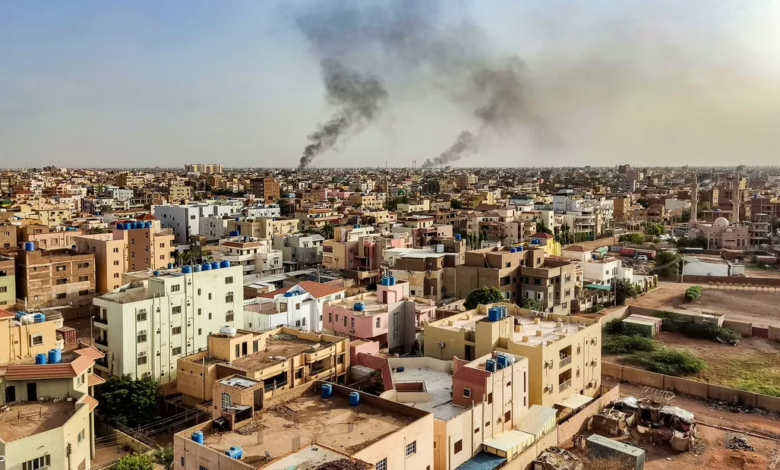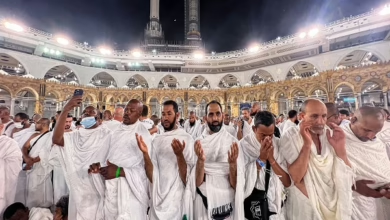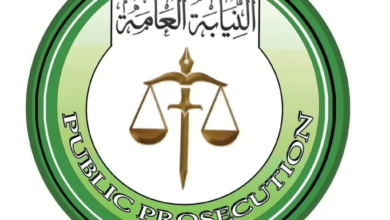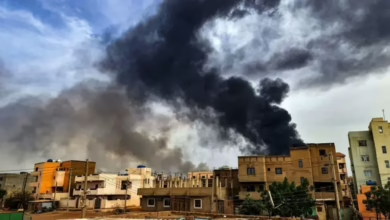
In a historic military breakthrough, the Sudanese Armed Forces (SAF) have officially declared the complete liberation of Khartoum State, marking a pivotal turning point in Sudan’s protracted conflict. This report analyzes the strategic factors behind the army’s success and examines its capacity to sustain momentum in upcoming battles, particularly in the Kordofan region.
Key Drivers of the Army’s Success
- Strategic Patience & Planning:
- Extended defensive positioning followed by meticulously planned offensive operations
Comprehensive troop mobilization and resource allocation
Popular Support:
Widespread civilian backing across Sudanese society bolstered military morale
Local cooperation in intelligence gathering and logistics
Multi-Phased Military Campaign:
Urban Clearance Operations: Systematic elimination of militia strongholds
Supply Line Disruption: Crippling rebel logistics networks
Decapitation Strikes: Neutralizing key militia leadership figures
The Khartoum Liberation Campaign
Timeline: 7+ months of intensive operations culminating in the May 20, 2025 declaration
Final Battle: Fierce combat in southern Omdurman (last RSF bastion in Khartoum State)
Current Status: Zero RSF presence confirmed in the capital region
Humanitarian Impact
Displaced Returns: Gradual homecoming of civilians after 2-year absence
Challenges:
Critical infrastructure rehabilitation needed
Lingering security concerns in peripheral areas
Next Phase: Stabilization & Future Battles
Immediate Priorities:
Establishing civilian protection mechanisms
Restoring basic services (electricity/water/healthcare)
Military Outlook:
Preparations underway for Kordofan offensive
Continued counterinsurgency operations nationwide
Strategic Implications:
While this victory marks a watershed moment, analysts caution that long-term stability hinges on:
Political reconciliation processes
Economic recovery programs
Regional diplomacy to curb foreign militia support
The SAF’s vow to “purge all traitors and agents” signals sustained military operations, even as reconstruction begins. International observers emphasize the need for transitional justice to prevent renewed conflict cycles.



